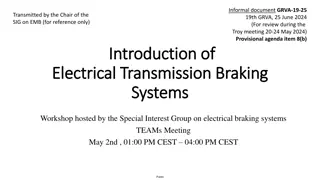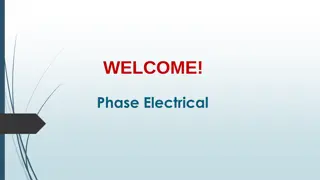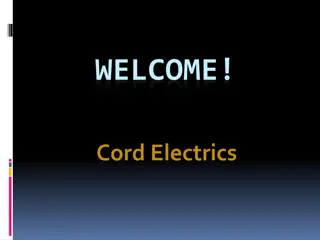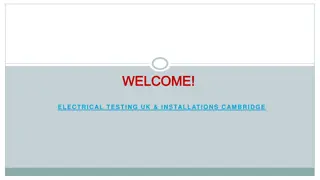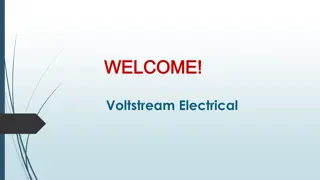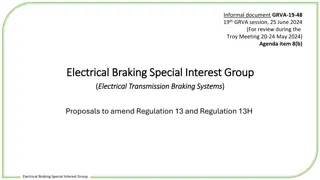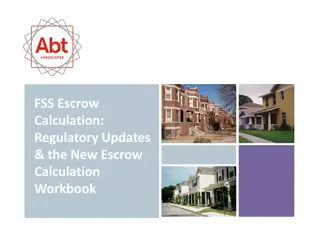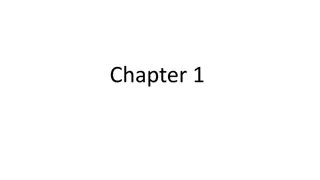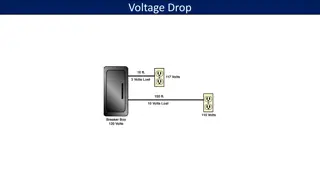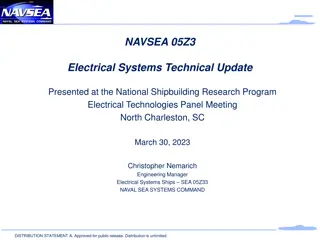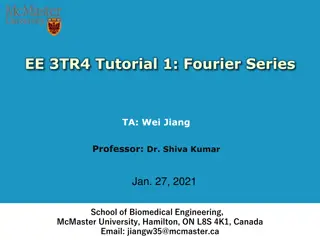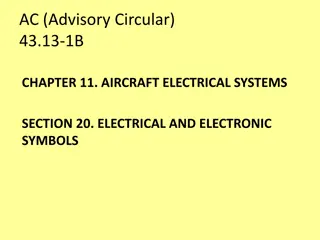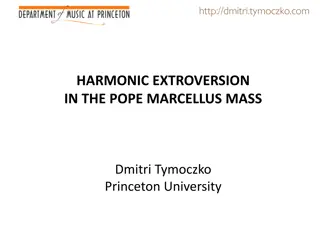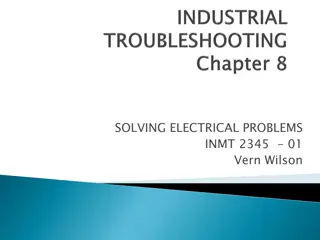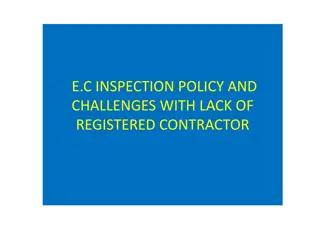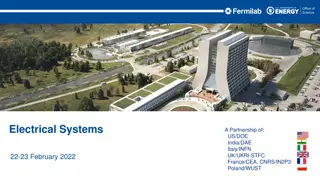Understanding Harmonic Current Calculation in Electrical Systems
Explore the concepts of harmonic current calculation in electrical systems with a focus on xSpider version 3.4. Learn about the influence of harmonics on line dimensioning, effects of nonlinear loads, and the importance of estimating THDi for proper line dimensioning. Discover how frequency inverters and soft starters impact harmonic currents in motors and the design considerations needed. Dive into practical steps for calculating THDi and ensuring compliance with relevant standards.
Download Presentation

Please find below an Image/Link to download the presentation.
The content on the website is provided AS IS for your information and personal use only. It may not be sold, licensed, or shared on other websites without obtaining consent from the author. Download presentation by click this link. If you encounter any issues during the download, it is possible that the publisher has removed the file from their server.
E N D
Presentation Transcript
xSpider xSpider version 3.4. Harmonic current calculation 3.4.8 8 Concept explanation
Harmonic current calculation New functionality available in xSpider 3.4.8 and higher Concept explanation Why to calculate harmonic current: More detailed explanation is needed? See User s manual, Part I Theoretical introduction, chapter 2.2.4 Influence of harmonic currents on line dimensioning Harmonics are the result of nonlinear loads: AC variable frequency drives DC drives Fluorescence lighting, computers, UPS systems Industrial washing machines, punch presses, welders, etc. Harmonics have influence on N-wire sizing: IEC Standard 60364-5-52 Article 524.2.1 (rules for N conductor sizing) Annex E (reduction factors for cables) Busbar Trunking System (BTS) Reduction follows manufacturer recommendation Click for next slide
Harmonic current calculation Concept explanation Estimation of THDi for each load is needed; motors with frequency invertor produce most of harmonic distortion. Good THDi estimation is needed it is condition of correct line (cable, BTS) dimensioning Sources: information from appliance manufacturer; standard IEC 61000-3-2 standard IEC 61000-3-12 1. 2. 3. 4. 5. 6. Draw wiring diagram. Set all electrical parameters (loads, cables, protective devices, sources, ...). Set THDi (Total Harmonic Histortion) for each non-linear load. Run calculation Voltage drop and load flow . THDi value is calculate for each network wiring line. Fulfil conditions of IEC 60364-5-52 (article 524.2.1 and Annex E) is checked. THDi=?? N cross section = ?? THDi THDi Click for next slide
Motor with frequency invertor Frequency converters are used to control the speed of asynchronous motors. They can usually be found in household appliances (washing machines). They generate a very wide range of harmonic currents and it is necessary to take this into account when designing the installation. Depending on the mode of operation, the THDi parameter also changes, which is usually given in the range between 25% - 120%, but it can be even higher. Contact manufacturer to obtain relevant values. Estimation: if appliance In 16A - use max allowed harmonic current emission according to IEC 61000-3-2 standard. Estimation: if appliance In > 16A - use max allowed harmonic current emission according to IEC 61000-3-12 standard. More detailed explanation is needed? See User s manual, Part I Theoretical introduction, chapter 2.2.4 Influence of harmonic currents on line dimensioning Click for next slide
Motor with soft-starter Soft-starters are used to start asynchronous motors smoothly from standstill to the rated speed. When the rated speed is reached, the bypass is switched on and the electronic circuits are no longer applied. Due to the short-term effect only during start-up (a few seconds), soft starters are not considered when dimensioning lines. Click for next slide
Lighting & sockets For appliances with current values up to 16A we derive from the requirements of IEC 61000-3-2 Class A (household appliances, vacuum cleaners, non-portable tools, dimmers, sound equipment) Class B (portable tools and non-professional arc welder) Class C (lighting appliances) Class D (appliances with a power input of up to 600W, such as personal computers and their monitors and televisions, refrigerators and freezers with regulated compressor drives) More detailed explanation is needed? See User s manual, Part I Theoretical introduction, chapter 2.2.4 Influence of harmonic currents on line dimensioning Click for next slide
Common load Follow information form manufacturer More detailed explanation is needed? See User s manual, Part I Theoretical introduction, chapter 2.2.4 Influence of harmonic currents on line dimensioning Click for next slide
Harmonic current calculation Concept explanation Calculation result: total harmonic distortion at transformer THDi=14.7%. According to IEC 60364-5-52: article 524.2.1: half N cross section can be used; annex E: no reduction factor has to be applied while line is sized; BTS sizing recommendation: no over-dimensioning is needed; ... Pump: motor with freq. invertor THDi approx. 35% Other non-linear loads: Other non-linear loads: Pump: motor with soft-starter (linear load because of short start time period; influence on network can be omitted) Click for next slide
More information available at the address: www.xspider.eaton.eu xspider@eaton.com Eaton Industries (Austria) GmbH Scheydgasse 42, A-1215 Wien, Austria Tel.: +43 0 28 53 7 02-0







